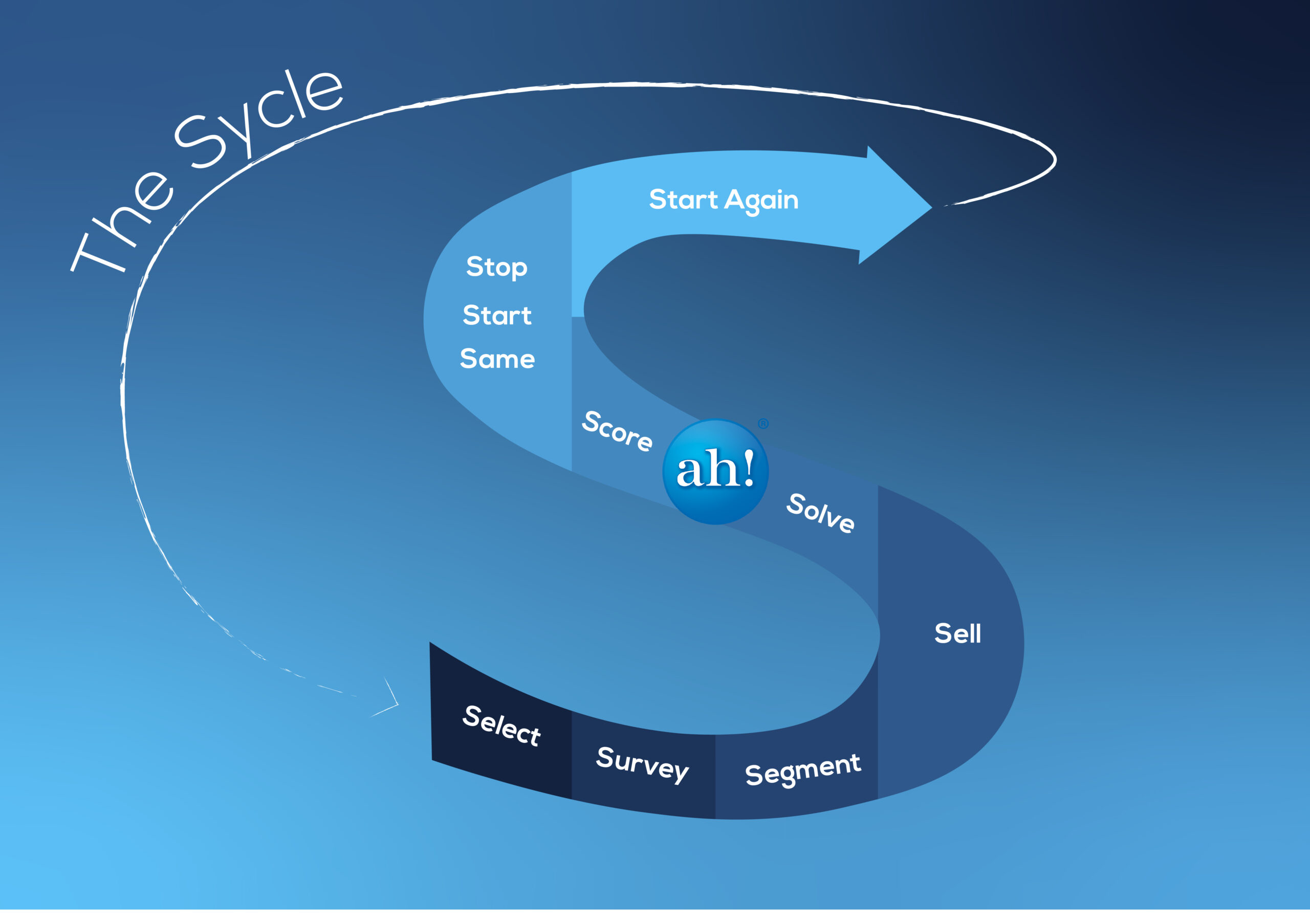The sixth step in the Population Health Sycle (PHS) framework is Score, which involves measuring the impact of the interventions implemented in the Solve step and assessing the progress made towards achieving the program’s goals.
But before we get into this, a story.
We established a chronic care management program that by year 2 had:
- reduced ER visits by 54%,
- reduced hospitalizations by 2%,
- improved primary medication adherence from a 23-day fill rate per 30-day supply over a 3-month period to a 29-day fill rate per 30-day supply over a 1-year later 3-month period.
- Reduced A1c levels by 1 full percentage point in the members with diabetes as a co-morbidity
- Had extremely high participant satisfaction and retention
- Had extremely high provider satisfaction
But
The program was canceled because it was not net cost neutral or saving money. This was the only outcome measure the contract was based on. The program ROI was trending in the right direction and had offset more than 60% of the program cost. Based on the trend it may have achieved overall net savings in the next year and clearly, the program had a positive impact on the patients’ clinically and their utilization of key healthcare services. Why did it not achieve the cost savings? The incremental increase in drug cost as a result of the increased prescription fill rates more than offset the savings associated with the reduction in ER and hospital utilization. So be sure to pick Scores that are meaningful for your agreements and understand the multiple impacts of costs, utilization, and outcomes.
In the Score step, programs use various metrics to evaluate the success of the interventions implemented in the Solve step. These metrics can include clinical outcomes, engagement, utilization, patient satisfaction, physician and other provider satisfaction, and cost-effectiveness, among others. By measuring the impact of the interventions, programs can determine whether the interventions are achieving the desired outcomes and adjust their approach accordingly.
There are several key points to consider when Scoring your program:
- Be sure you have gathered the measures in your Survey section to have comparatives
- Establish outcome measures as well as process measures. It’s great that 90% of your persons with diabetes had A1cs as recommended, but what were the values? Did they improve?
- Recognize that certain measures take more time to achieve and look for them when expected. As an example, enrollment can be measured at any time and one can see relevant results, while reductions in clinical measures or costs may take longer before changes can be expected.
- Don’t be fooled by Scores associated with low percentages of the population enrolled through the Sell stage. Moving a population to better outcomes in areas of measurement requires high enrollment. Many programs report reductions in just the high-risk population or a relatively low percentage of the total population enrolled. Sure the high-risk population may show improvements, some due to regression to the mean, but how many in the low or moderate-risk groups got worse, resulting in no overall change or a worsening of the population? Also, early enrollees and low enrollment numbers typically create a selection bias, enrolling those more likely to change behaviors or enrollment of the “worried well”.
A population health scorecard can be a good way to share results. Visual representations of metrics are often easier to follow and comprehend allowing the program team, healthcare providers, participants, and clients to track and evaluate outcomes over time. The scorecard can be customized to the specific needs and goals of the population and can include metrics such as participation rates, the prevalence of chronic diseases, reductions in risk scores, healthcare utilization rates, cost, return on investment, and participant satisfaction scores.
Population health scorecards can be used to identify areas of success and areas where improvement is needed. For example, suppose the scorecard shows that a population has seen a decrease in hospital readmissions. In that case, the program can identify the interventions that contributed to this improvement and replicate them in other areas. On the other hand, if the scorecard shows that a population has a high rate of emergency department visits, the program can use this information to develop targeted interventions to reduce unnecessary emergency department use.
In addition to measuring the impact of the interventions, the Score step also involves evaluating the sustainability of the interventions and as the example above showed are based on an ROI. Be sure that the contract or services and expected outcomes are well understood.
While Score is typically an annual occurrence, it should not be a one-time event but rather an ongoing process that is conducted regularly to track progress and evaluate the effectiveness of interventions in the Solve step. By continuously monitoring and evaluating population health outcomes and adjusting interventions as necessary, programs can make data-driven decisions that lead to improved population health outcomes.
In conclusion, the Score step of the PHS framework is a critical component of population health management. By measuring the impact of interventions and evaluating population health outcomes over time, healthcare providers can make data-driven decisions that lead to improved population health outcomes. Additionally, by sharing population health metrics with key stakeholders and assessing the sustainability of interventions, programs can increase support for population health initiatives and ensure that the impact of interventions is maintained over time.
So whether you’re looking for assistance developing population health management programs or improving one you already have, contact us or call us at 904*613*1224.
The Population Health Sycle(TM) – SURVEY your Population – Step 2
The Population Health Sycle (TM)- SEGMENT your Population – Step 3
The Population Health Sycle (TM) – SELL – Step 4
The Population Health Sycle (TM) – SOLVE – Step 5
The Population Health Sycle (TM) – START/STOP/SAME – Step 7

